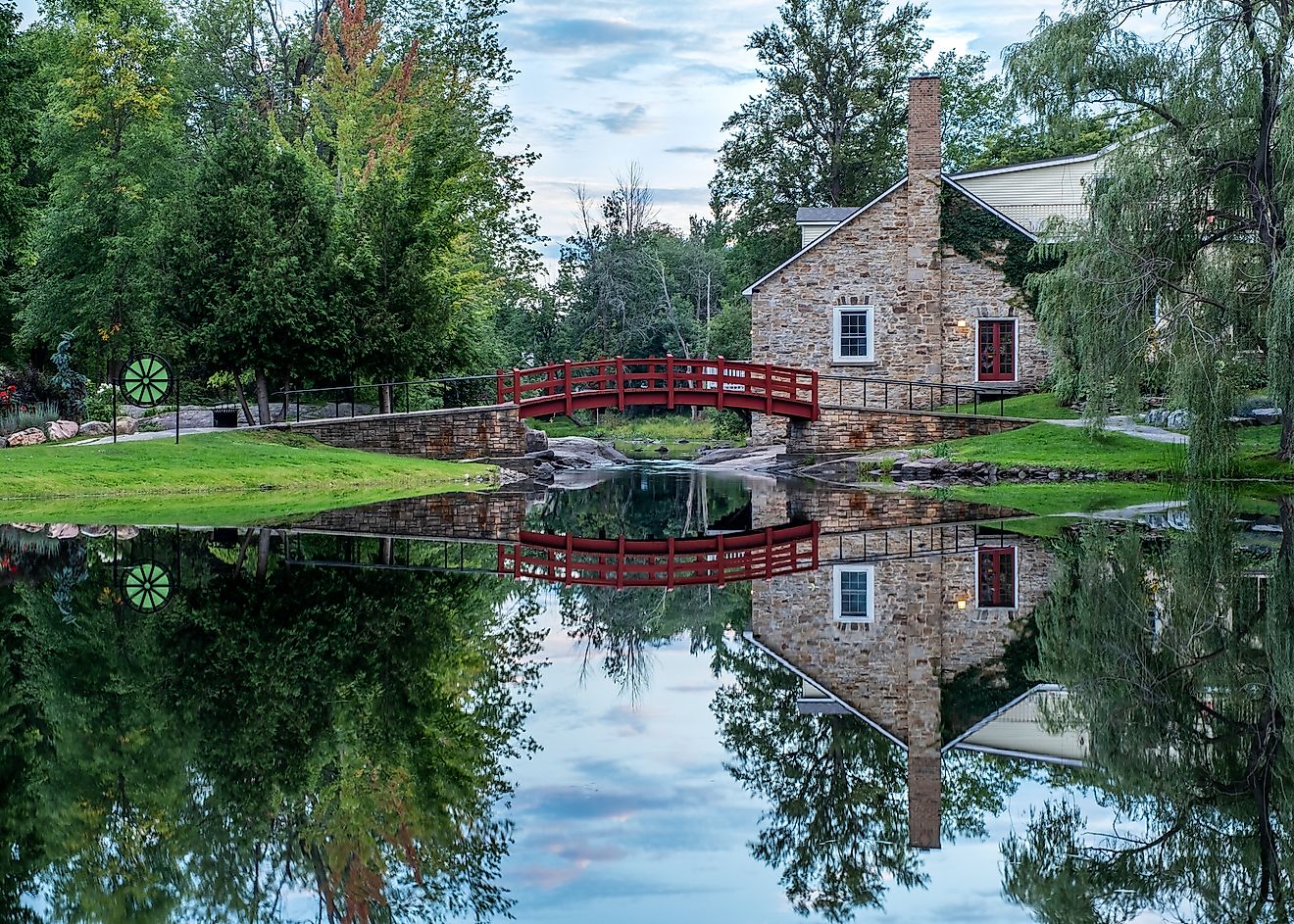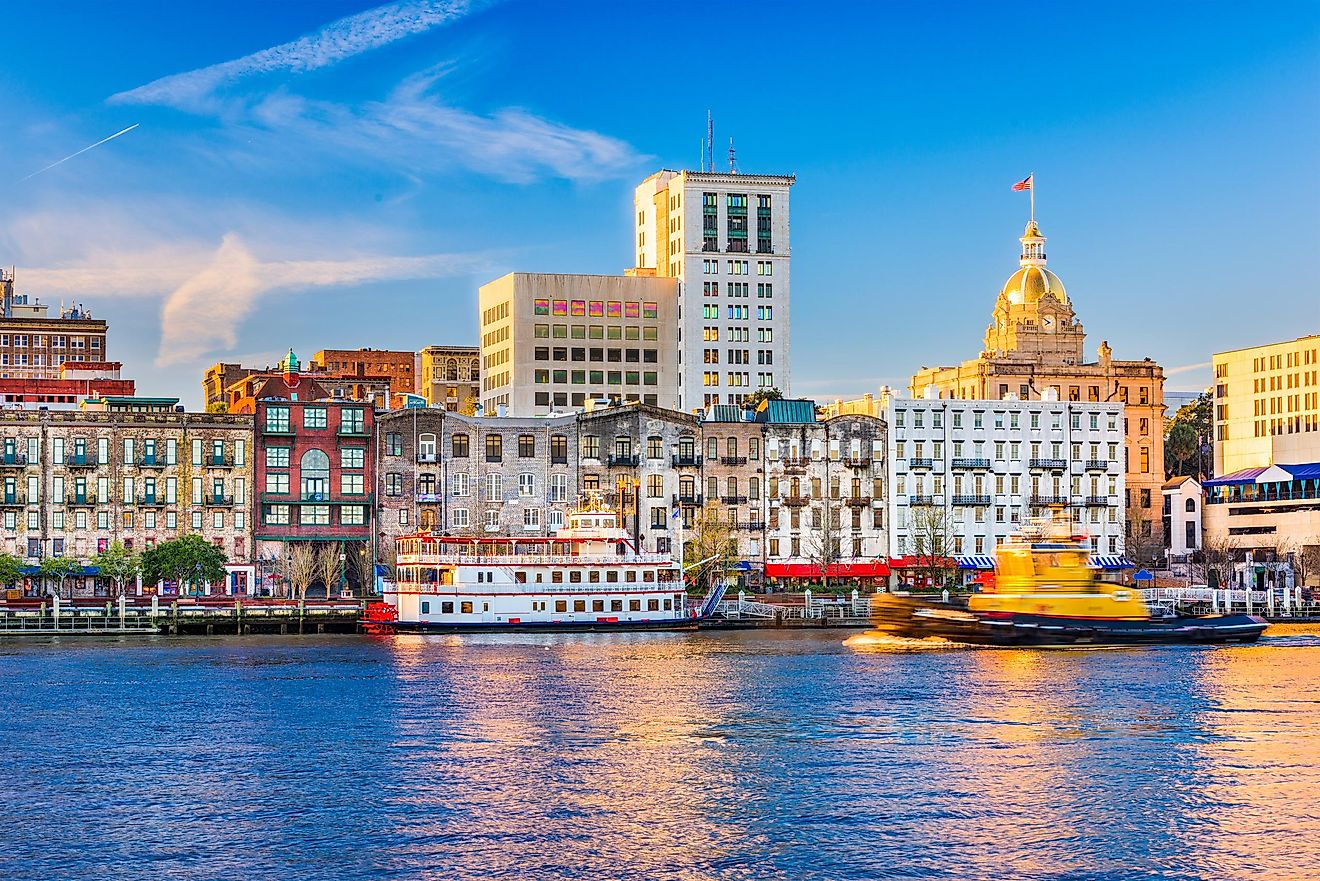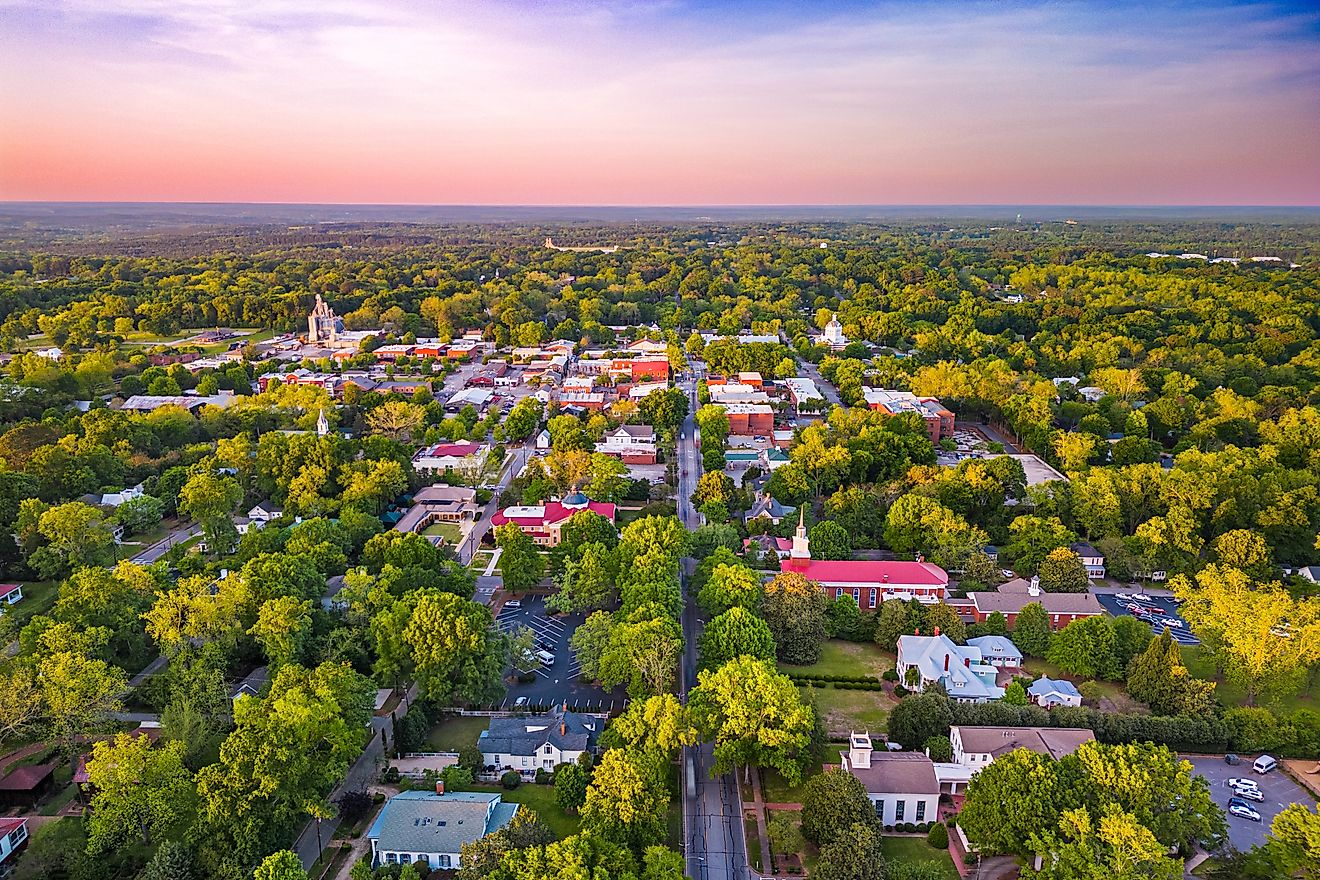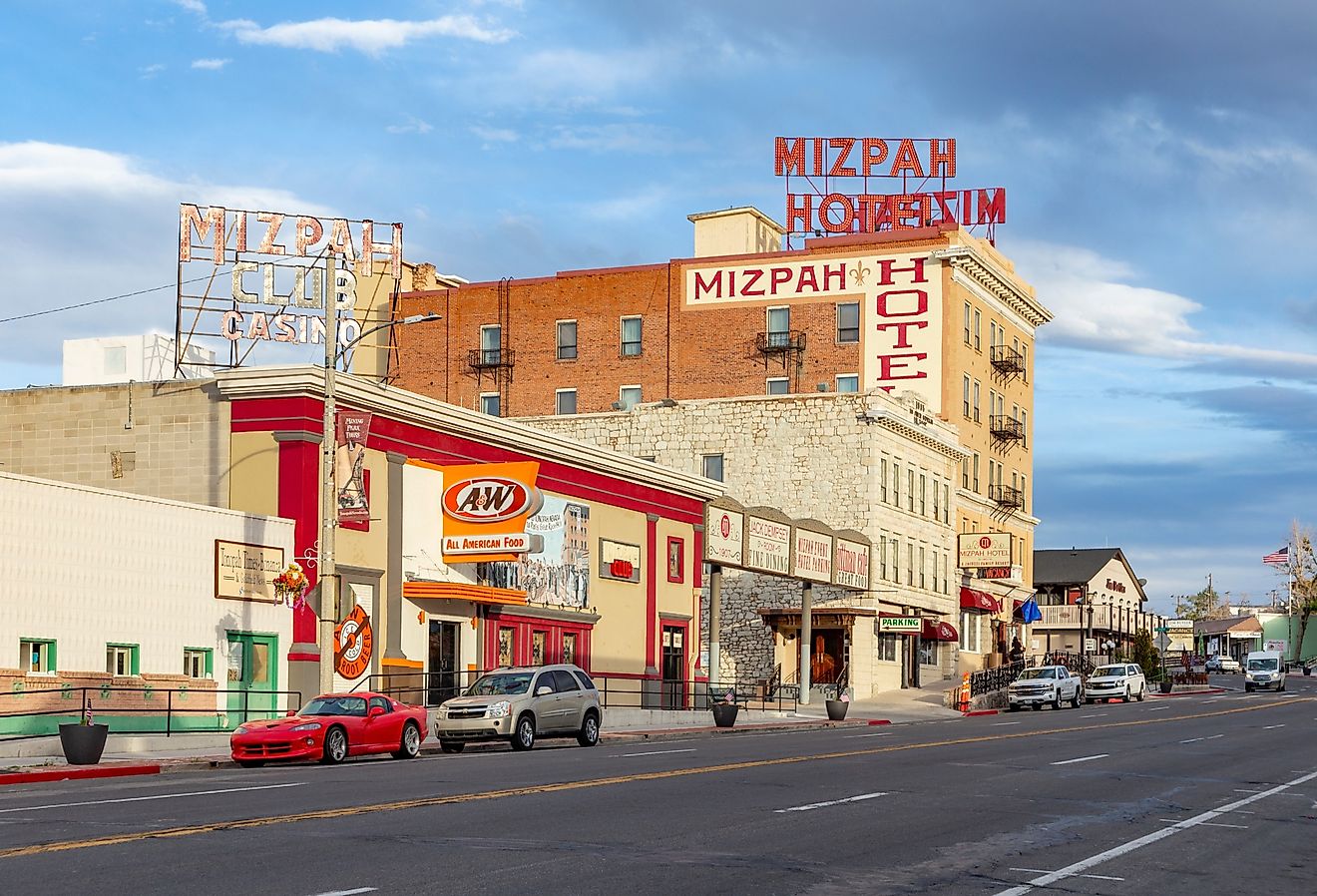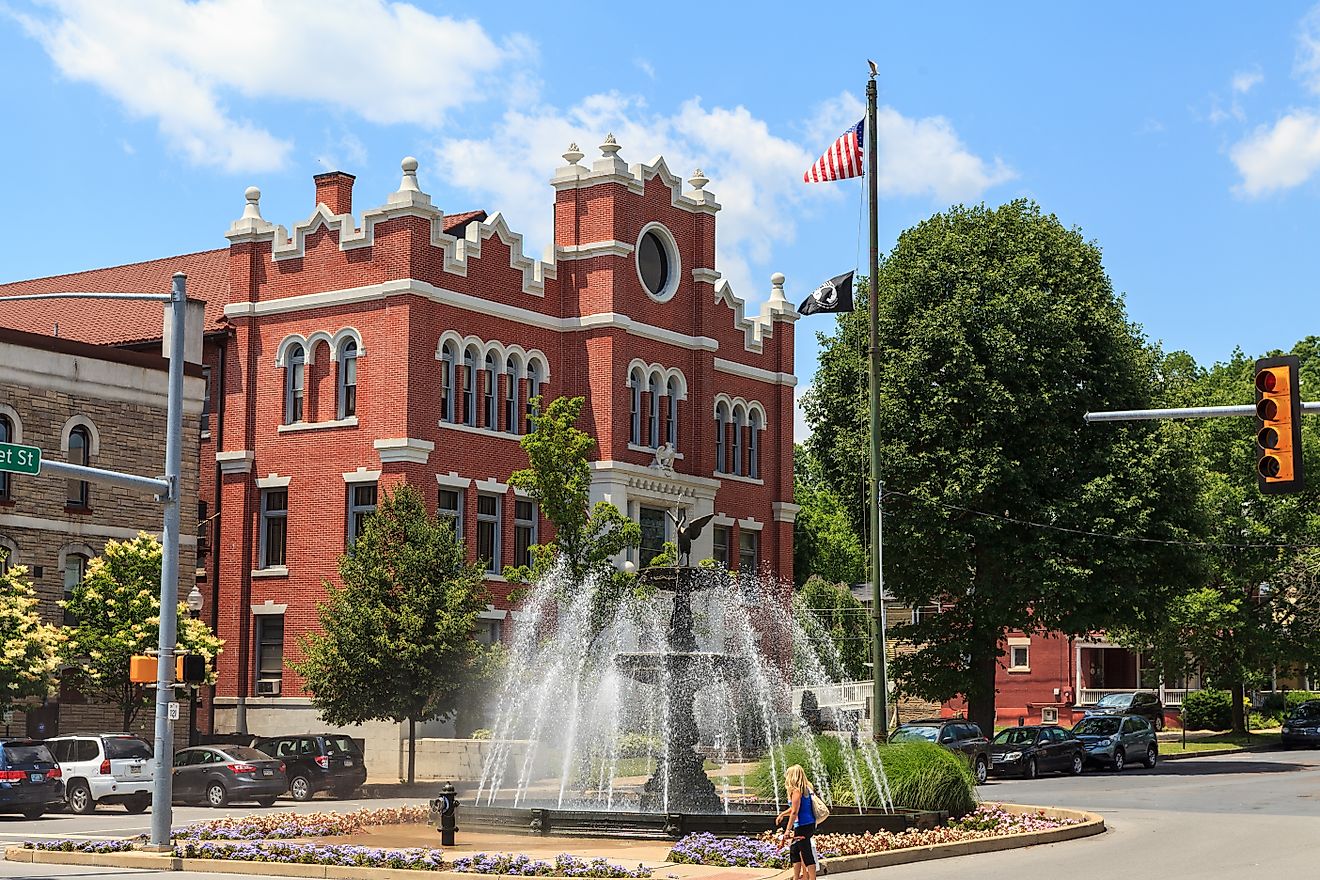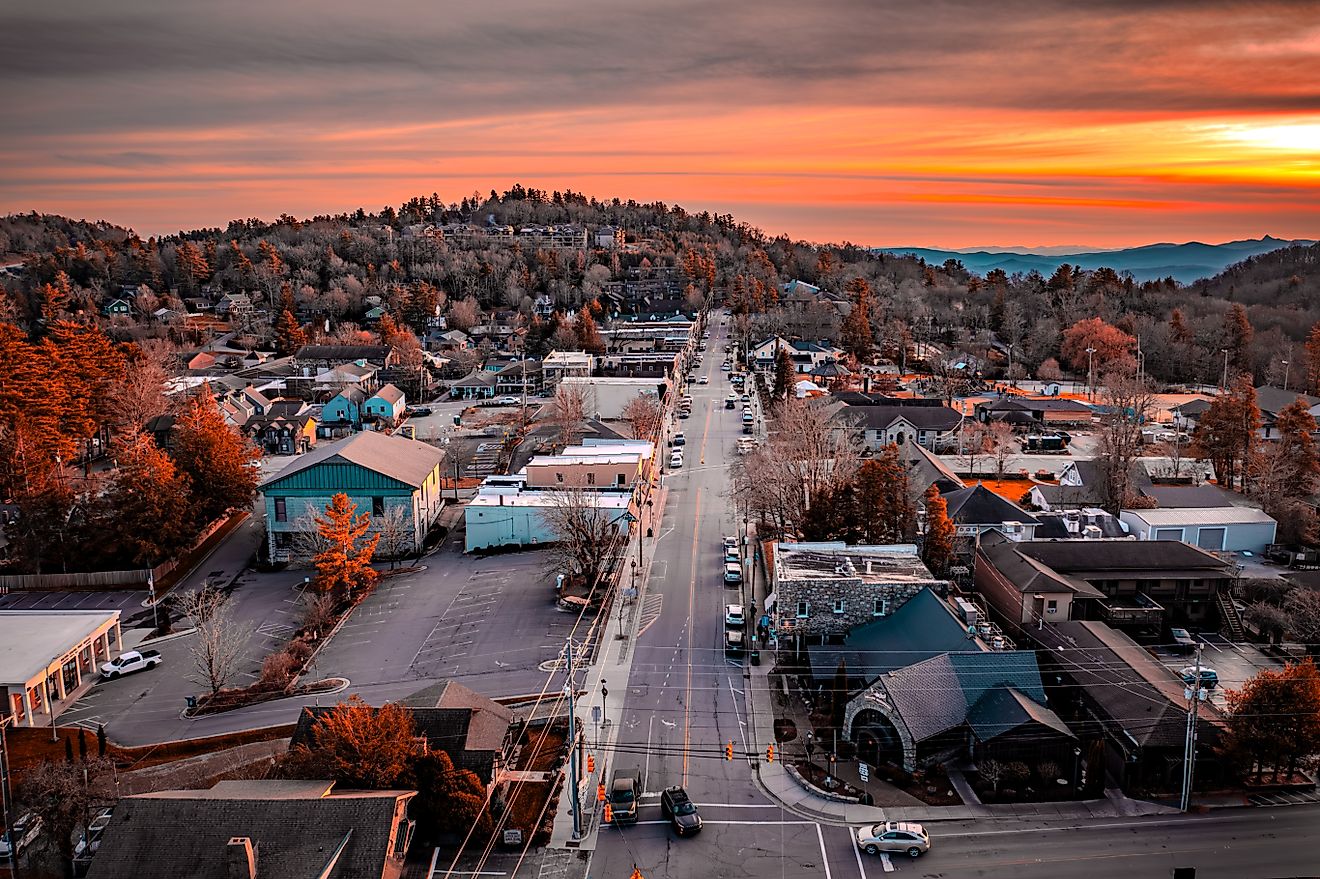
7 Most Charming Town Squares On The Pacific Coast
Sixty seconds to cross; an afternoon to leave. These are the Pacific Coast’s working living rooms, rings of storefronts where the mail still gets walked, the bandstand matters, and the ocean’s weather is only a block or two away.
Our test is the Tuesday-at-11 standard: if a square hums when nothing is scheduled, it qualifies. Early coffee and late kitchens count; staged “festival streets” and mall courtyards do not. What follows is a north-to-south chain of places where the square isn’t a backdrop but the daily interface, wine towns, mill ports, beach cities, each proving that a small geometric shape can still organize a whole day.
Healdsburg, California
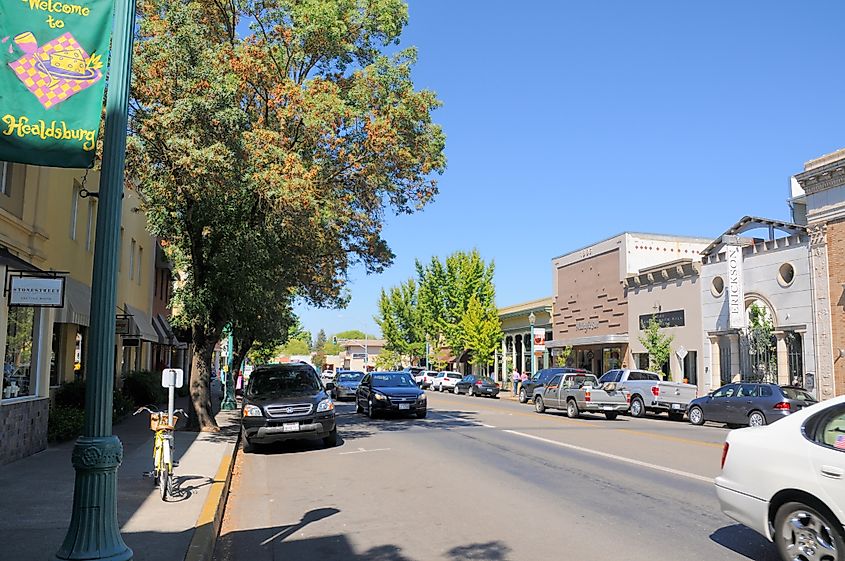
A former 19th-century farming town that reinvented itself as the nucleus of Sonoma County wine, Healdsburg has a civic square that still feels like a locals’ living room. Centered around a clipped-lawn plaza shaded by redwoods and encircled by a ring road, Healdsburg Plaza blends small-town geometry with a kind of Northern Californian exactness, clean, open, finely kept. The square hosts free summer concerts on Tuesdays and a tidy farmers' market on weekends, but what sets it apart is its anchoring calm: no horseshoes of sprawl, no towering hotels, no visual chaos. The 1907 Carnegie Library just off the plaza now houses the Healdsburg Museum, with tight, curated exhibits on Pomo history and the city’s canning-era boom.
Every corner of the square touches something specific. Journeyman Meat Co., a block off the plaza, slices house-made salumi and pours Journeyman/San Lorenzo wines in a compact salumeria and tasting room. The bar at The Matheson pours by the ounce from a wall of 88 wines on tap. Flying Goat Coffee roasts a mile away and serves downtown from a no-frills counter. Shed, the beloved modern grange, is gone, but upstairs at Little Saint (in its place), chef Bryan Oliver’s vegetable tasting menu continues the city’s understated reinvention: old frame, new interior.
Sonoma, California
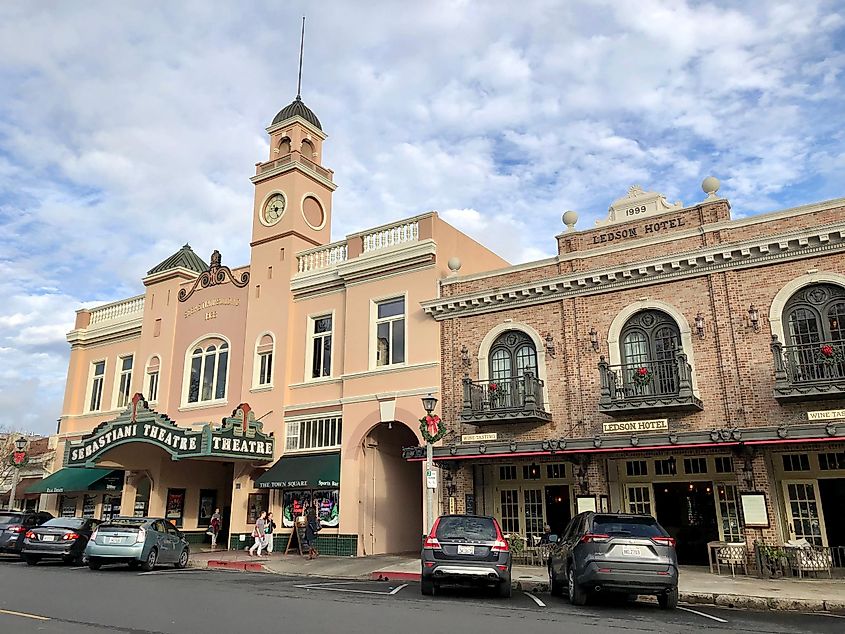
Sonoma’s town square is the largest in California, a full eight-acre block flanked by low-slung adobe buildings and backed by a state historic park. The square sits on the footprint of the Mexican pueblo founded in 1835, and its layout hasn’t shifted. At its north end stands Mission San Francisco Solano, the final mission built and the only one under Mexican governance. A reconstructed barracks and the preserved Toscano Hotel complete the historical core, which frames a lawn where picnics, art fairs, and Tuesday night music rotate seasonally. The square is not ornamental; it’s structural, connecting past to present without commentary.
Off the northwest corner, the Swiss-Italian deli at Sonoma Cheese Factory still turns out tri-tip sandwiches and local cheese tastings under its original sign. The Sunflower Caffé, which runs deep into a shaded garden patio, serves smoked duck hash and makes its chai syrup in-house. The Sebastiani Theatre, opened in 1933 and still independently operated, anchors the east side with single-screen showings. Farther south, the Girl & the Fig continues its twenty-year run with Rhône wines and fig and arugula salad in a restored 1900s building. Sonoma’s square doesn’t interpret its identity, it just keeps operating as if time and tourism never changed its terms.
Arcata, California

Arcata’s town square is a rare example of a civic commons that functions year-round without interruption. It sits dead center in a former logging town that now runs on students, agriculture, and a slow-boil environmental politics. The square is bordered on all four sides by two-story commercial buildings, most of them late 19th-century survivors. The plaza remains open, grassed, and edged by wide sidewalks where chalk artists leave pastel drawings after the annual October event that covers every square of concrete.
On Saturdays, the Arcata Farmers’ Market lines the sidewalks with mushroom logs, goat cheese, and bread made from local grains, anchored by live music and a small cluster of prepared food vendors. Los Bagels, founded in 1984 by a Jewish-Chicano family, sells green onion schmears and Day of the Dead t-shirts from a corner spot. The Minor Theatre, one of the oldest purpose-built movie theaters in the state, screens second-run and indie films three blocks away. From the square’s north edge, it’s a 10-minute walk into redwood canopy inside Arcata Community Forest.
Paso Robles, California
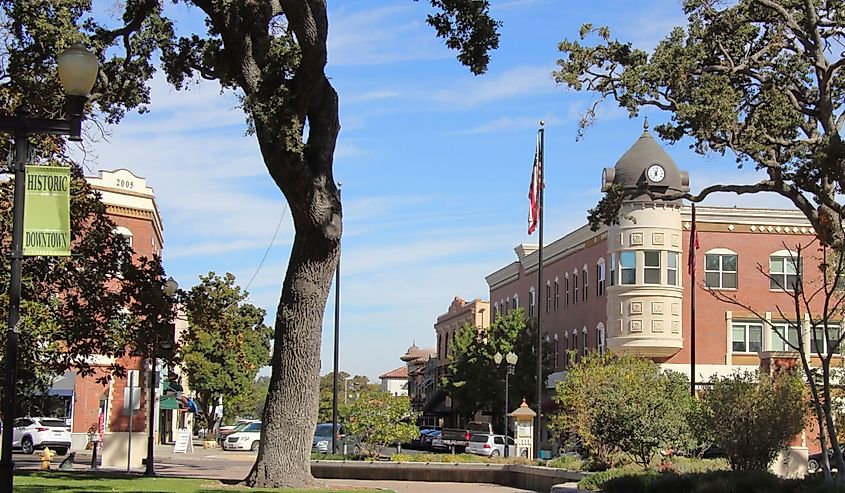
Paso Robles was once known for its sulphur hot springs and almond orchards before wine production redirected its future. The town square, called City Park by locals, is a central rectangle shaded by valley oaks and bordered by one-way streets. The 1908 Carnegie Library, built from local sandstone and topped with a red-tile roof, still sits in the middle, now repurposed as the Paso Robles Historical Society. The square is walkable on all four sides, with brick-front buildings that survived the 2003 earthquake and newer infill structures designed to match. Events here are constant but unhurried, summer brings “Concerts in the Park,” and winter sets up a 26-foot lighted tree at the south end.
Il Cortile Ristorante, a block off the square, serves house-made squid ink pasta with sea urchin butter and has a small bar stocked with local reds. Just opposite the park, Spearhead Coffee roasts in-house and serves rotating single-origin beans without pretense. The Paso Market Walk, 10 minutes on foot, has a second location of Just Baked Cake Studio & Bakery, known for its hibiscus lime cupcakes. On spring weekends, the square hosts the Vintage Sidecar Rendezvous, where old British bikes and open-frame motorcycles park in rows along 12th Street.
Ashland, Oregon

Ashland’s town square, called “The Plaza,” sits just above the mouth of Lithia Park and five blocks below the Elizabethan Stage, which has anchored the Oregon Shakespeare Festival since 1935. The square is a traffic triangle edged in stone and iron, once the location of the town’s livery stable, now ringed by early 20th-century storefronts and restaurants. Just downhill, a permanent lithia water fountain dispenses the town’s namesake mineral spring, a source of municipal pride and some debate. The Plaza acts less as a park than a threshold, separating the festival’s upper theaters from the daily retail and restaurant loop below.
Martolli’s on the north end sells New York-style slices until late, with a few sidewalk tables that fill on matinee days. On the north side of the Plaza, Brickroom runs late most nights for cocktails and hearty plates a few doors from the theaters. On the other side of the square, Bloomsbury Books stocks three floors of fiction and small-press travel writing. The lower entrance to Lithia Park opens beside the water, with paths leading past the Japanese Garden and bandshell to a rose garden and duck pond. Each October, the Ashland Monster Dash runs costumed participants directly through the Plaza before climbing uphill.
Astoria, Oregon
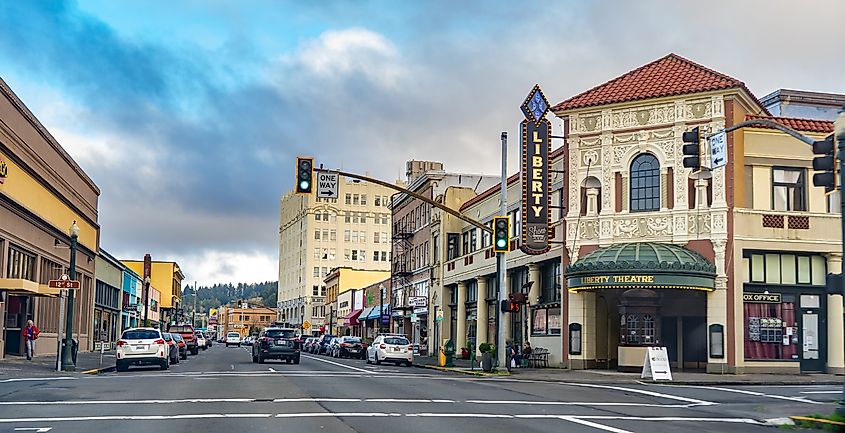
Astoria was the first permanent U.S. settlement west of the Rockies, and its downtown grid climbs from the Columbia River in a series of uneven rises. Its civic square, officially the Garden of Surging Waves, occupies a half-block beside City Hall, blending public park and Chinese heritage memorial. The garden commemorates Astoria’s early 20th-century Chinese immigrant labor force with stone carvings, tiled pavilions, and native plants, framed by steel columns that reference ship masts. The square sits at the foot of a restored commercial corridor that runs west toward the waterfront and east to the hills.
In the same block, Broder Strand serves Scandinavian-leaning breakfasts inside the Commodore Hotel’s historic building. The Liberty Theatre, an Italianate former vaudeville venue, stands across the street and stages live acts year-round. The Flavel House Museum, four blocks downhill, interprets the 1885 Victorian residence of river bar pilot George Flavel. Buoy Beer Company now runs a busy taproom at 1343 Duane Street in Astoria’s Fermentation District, with food trucks and daily pours. Trolley tracks run past its patio, part of the Astoria Riverfront Trolley’s two-mile route stretching from 39th Street to the old cannery piers.
Edmonds, Washington
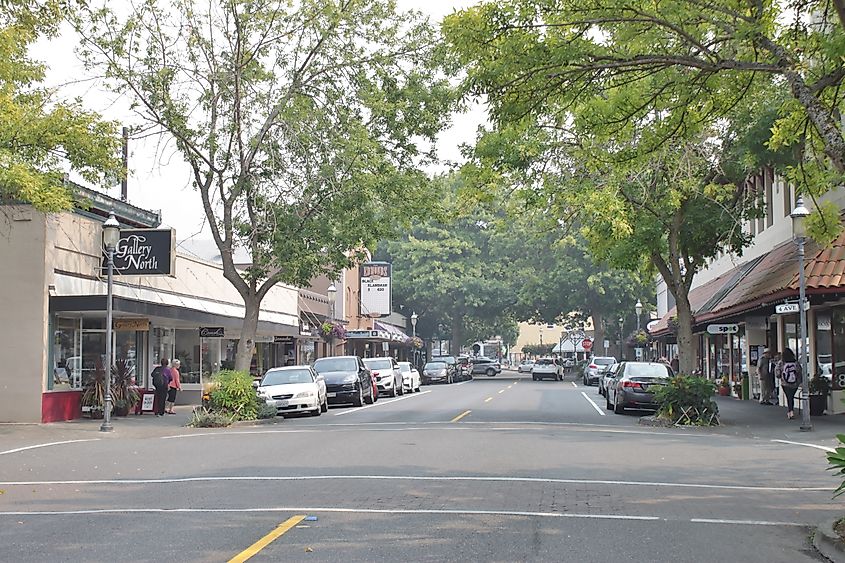
Edmonds developed around a lumber wharf in the 1890s but now operates as a ferry stop, arts district, and commuter suburb with a self-contained downtown. The town square, unofficial but centered at 5th and Main, is marked by a concrete fountain, traffic roundabout, and flower beds maintained by volunteers. City events, summer markets, and the December tree lighting all radiate from this corner. Its orientation is westward; on clear days the cross-street sightline opens directly to the Olympic Mountains across Puget Sound. Unlike most suburban town centers, this one never fully hollowed out, and still supports a bookstore, theater, museum, post office, and barber shop on the same blocks.
The Edmonds Historical Museum, half a block north, displays rail maps and cannery records inside the original 1910 Carnegie Library. Across the street, Walnut Street Coffee operates from a converted Craftsman with rotating art on the walls and a back porch facing the alley. One block down, the Cascadia Art Museum shows Northwest modernists in a repurposed 1960s-era Safeway shell near the ferry terminal. The Edmonds Theater, open since 1924, runs single-screen films around the corner from Rick Steves’ Europe Travel Center. A public walkway runs from the square to the beach in seven minutes, crossing under the BNSF freight line.
Seven squares, one coastline-long invitation. Step off the curb, count the crosswalk seconds, and let the day disorder itself: coffee that becomes lunch, a museum detour that becomes sunset, a market snack that becomes dinner. These places don’t posture; they perform. Mail still gets walked, bands still tune, and strangers still talk. Pack a small appetite, a big pocket for postcards, and a willingness to linger longer than planned today.

